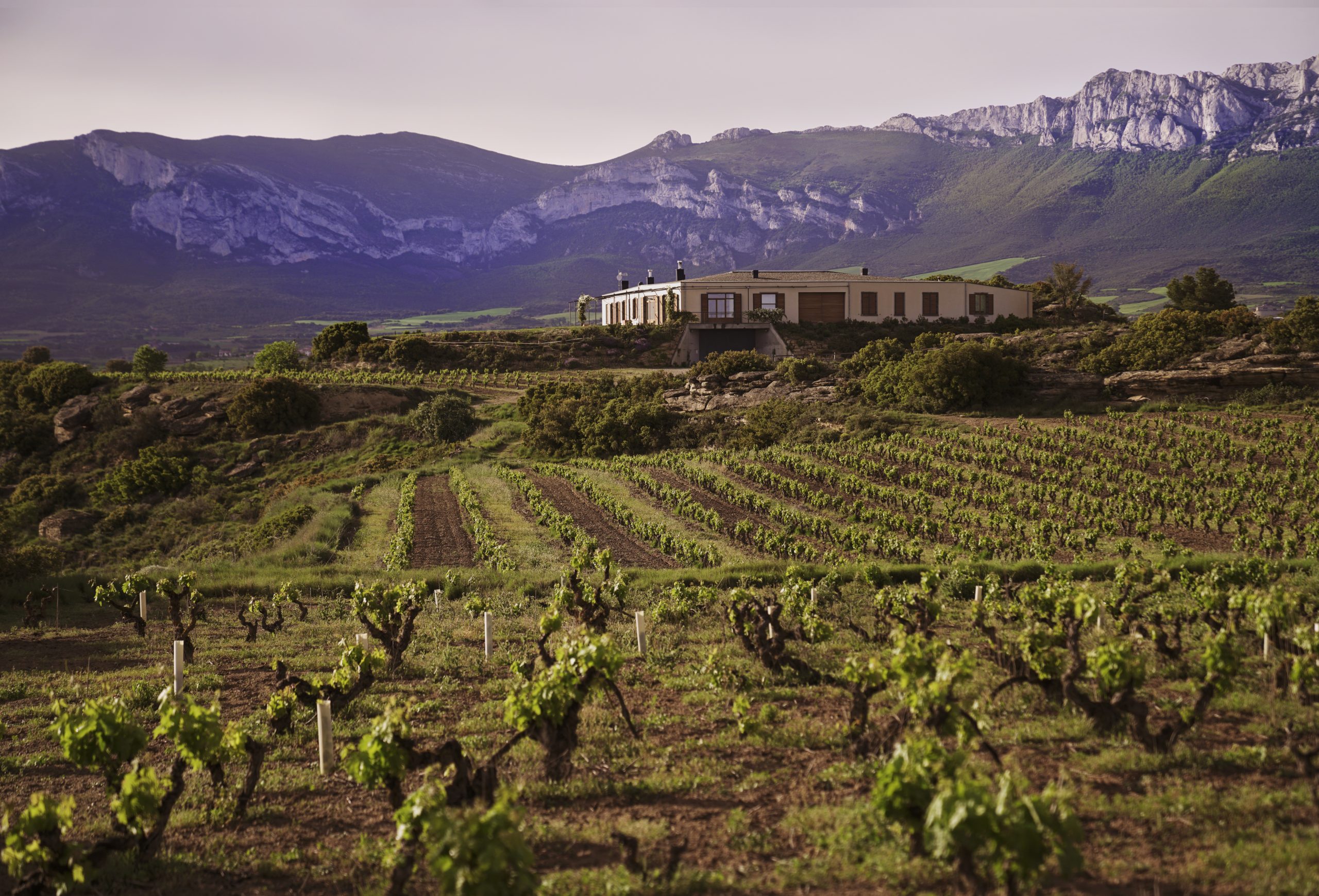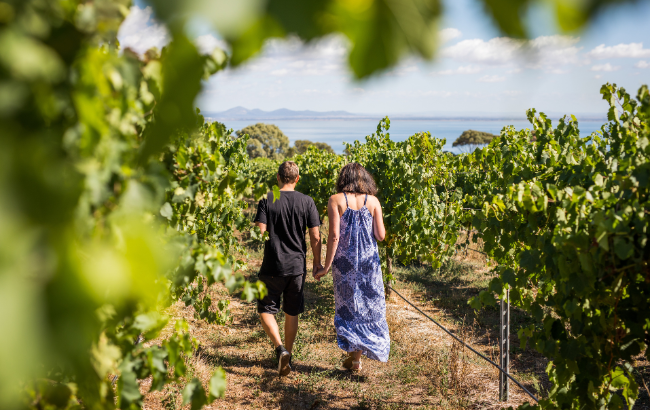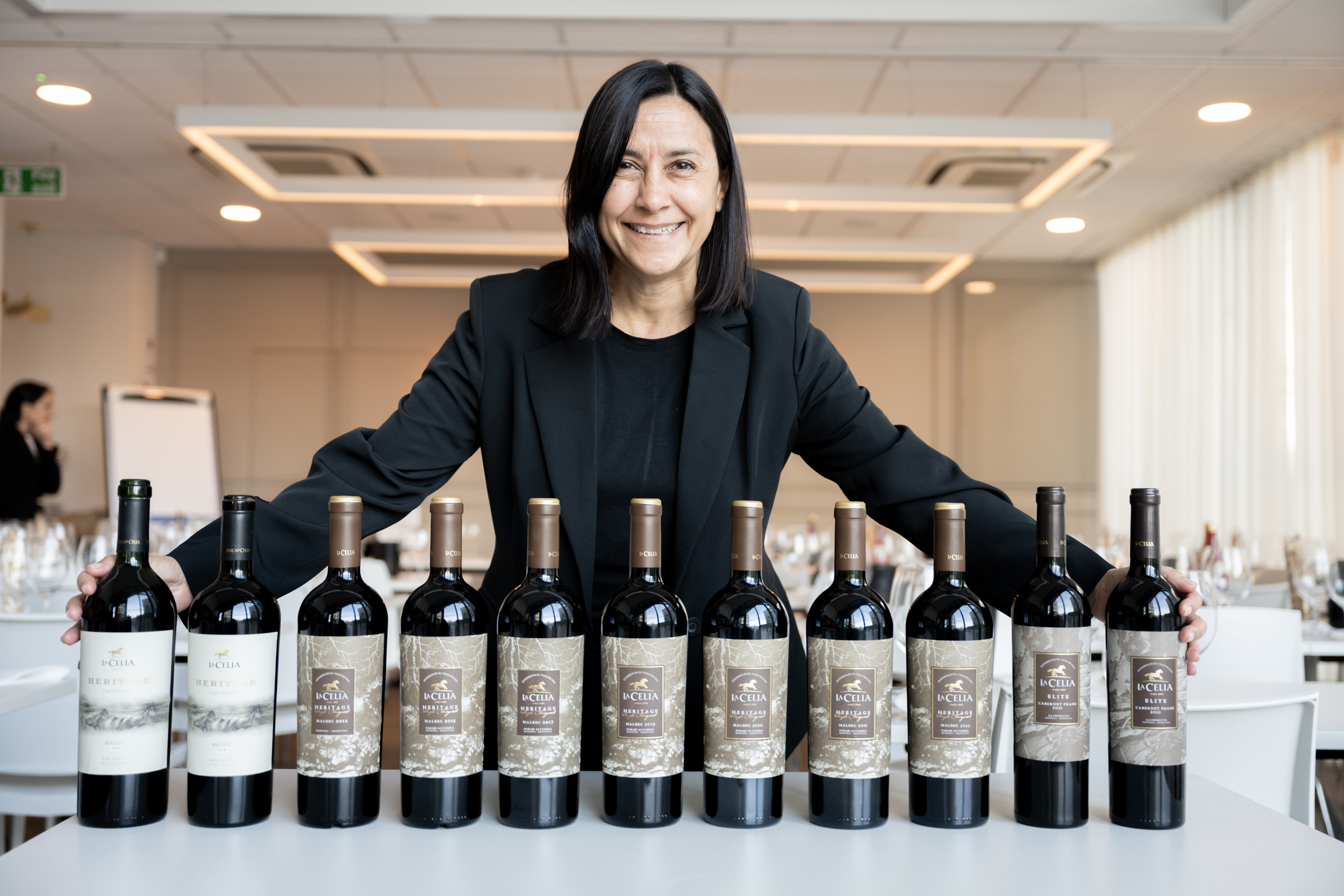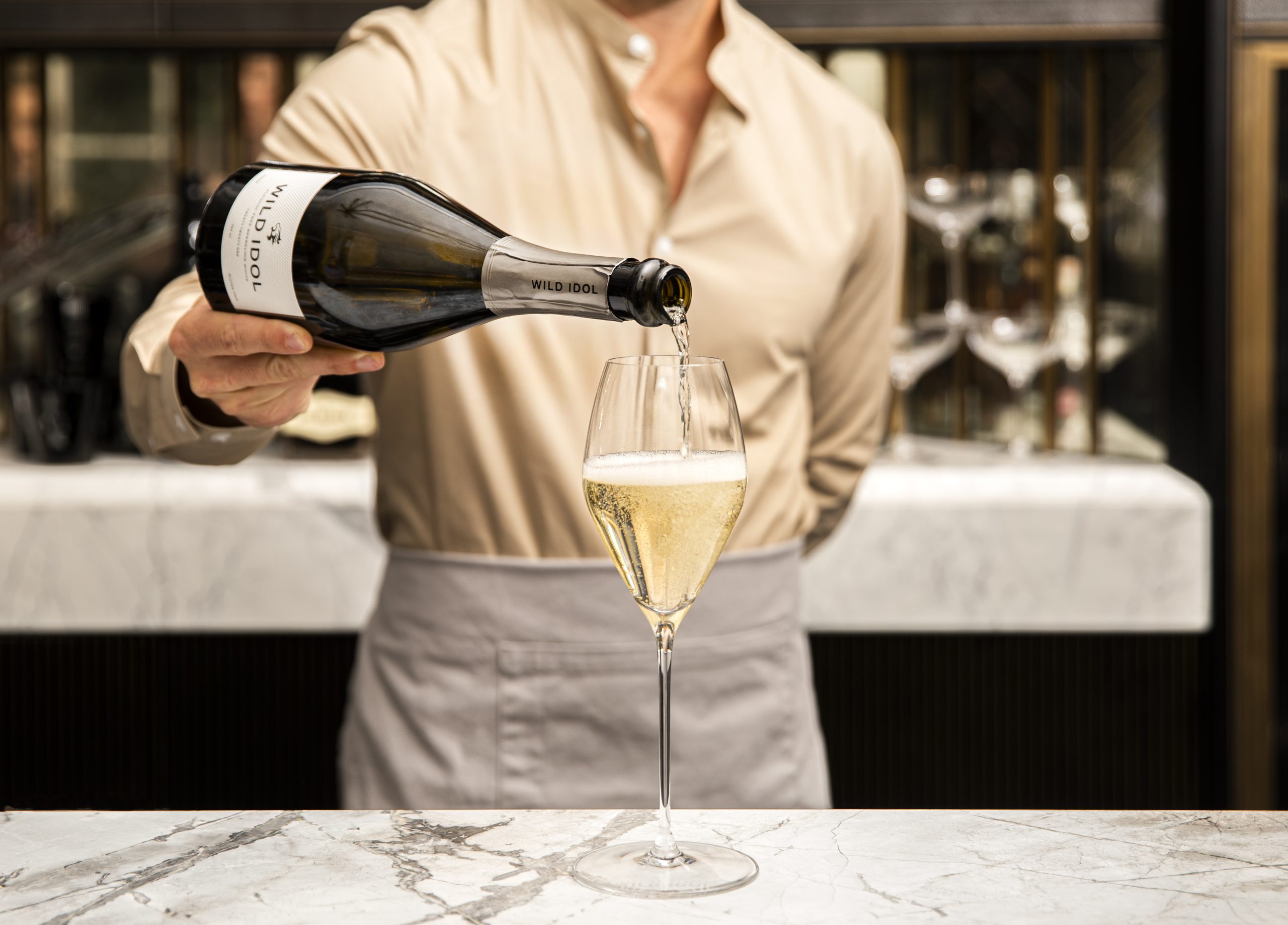This website uses cookies so that we can provide you with the best user experience possible. Cookie information is stored in your browser and performs functions such as recognising you when you return to our website and helping our team to understand which sections of the website you find most interesting and useful.
2013 primeurs: day two in the Médoc
By Ben KennedyThe first day of the communal tastings with the Union des Grands Crus gives a broader appreciation of the vintage on the Left Bank.
I used to love my annual meeting with Madame Capbern Gasqueton, the octogenarian former owner of Château Calon-Ségur in far-flung St Estèphe. She always greeted us at the far end of her oak vat room with its distinctive fusty odour and an early spring chill in the morning air. This morning, I found that in the two years or so since Madame passed away and the château was acquired by a French insurance company, her spirit still lives on.
They’ve done a lot of work on the estate and there’s a lot more to do, but the character of the wine, with its high Cabernet content and its incisive terroir thread, hasn’t changed a bit. They had all the luck last year, too: the flowering up here was less problematic than elsewhere, the rich clay soils absorbed any moisture so preventing the development of botrytis, and they were spared any of the September rains which plagued growers in the southern Médoc.
The 2013 is elegant and pure with a floral nose of cassis fruit. The mineral core is touched with oak, the fruit building in richness to the end of the palate. Deep, focused and perfectly balanced, this is classic Calon. And I’m sure I felt a familiar presence as I left.
Château Calon Ségur, St Estèphe
There’s been a lot of talk this last week about Pontet-Canet releasing its 2013 before the tastings, so the next visit was climactic: could the wine justify its punchy price? The answer was immediately obvious: an unbelievable array of aromas jumps from the glass, wood smoke, half a florist’s shop, super-ripe blackcurrant, fine leather, and so on, making a flamboyant statement of intent.
The palate is full and creamy, multi-layered, with dark berry fruit, coffee and caramel, and just a hint of burnt toast and coal dust on the finish. This is good Pontet-Canet, but not the best; it does not have the length and power of previous vintages, but as technical director Jean-Michel Comme was able to explain at length, the vineyard has now reached the point where, after about a decade of biodynamic management, it is able to produce honest, natural fruit almost of its own accord and in any vintage.
To those who may have the means and the will-power to invest equally heavily in their terroir, this a remarkable example of just how much can be achieved in the long-term. A humbling tasting, and all credit due to Alfred Tesseron and his team.
So to my first “hypothetical” tasting of Château Latour: no matter how much you might like the 2013, you won’t be able to buy it for a decade or more. As is often the case here at primeur time, you really need to look for signs of biological life on the nose of the grand vin: there’s plenty of mineral presence but fruit is scarce. Impressive intensity on the palate, however, rich, deep and stony, with fine-grained tannins carving a groove on the tongue into which a dose of pure cassis fruit, brooding and constant, is delivered.
Forts de Latour is also closed on the nose, it’s all structure on the palate, metallic girders, fresh and tight, with decent depth but a lightish finish. The Pauillac is also lightish but smoky, warm and enticing, with savoury aromas of roasted vegetables, courgettes, plenty of fruit and fine tannins on the finish.
We also had the pleasure of the recent bottled releases: a joyous red fruit cocktail with tobacco notes in the guise of Pauillac 2008; Forts de Latour 2006, a developed and complex pleasure with leather and spice on the nose and a wonderful peppery richness on the palate; and the sumptuous and harmonious Latour 2004, loaded with mature fruit on the nose but lacking significant long-term potential on the palate.
The southern Médoc suffered 30mm of rainfall in one weekend in late September last year, just before most châteaux had planned to start picking. This storm obliged many to pick hurriedly, and some of the wines in Margaux show signs of this forced hand.
At Palmer, they rejected so much of the fruit this year in an attempt to improve the grand vin that they are left with only 3,800 cases of it from their 55 hectares. Director Thomas Duroux suggested that the racy acidity of the 2013 will allow it a long life, and I agree with this in theory, but at this early stage Palmer does not show terribly well.
Partner Content
The colour is there, dark and solid to the rim, and there is also a solid dark core of fruit lurking within and the palate has a crunchy texture, but the wine lacks richness and breadth. The second wine, Alter Ego, has more obvious pure fruit on the palate and is well defined, and the tannins are well-managed, but again the wine lacks power and dimension.
On broader inspection, the Margaux appellation group tasting offered little respite, with many châteaux delivering aggressive tannins, searing acidity, or both. The best of the bunch were: a polished Rauzan Segla; intense, toasty Malescot St Exupéry, long, rich and grainy; soft and succulent Labégorce; Kirwan with its rich, grippy, cherry-scented core; syrupy, peppery Giscours; Desmirail with its smooth, red-fruit and vanilla nose and crunchy, crushed-berry palate; and the two Cantenacs which both present beautifully pure fruit, generous and elegant.
The diminutive St Julien was the most promising of the communal tastings. Here the tannins are firm but well-managed, the length of fruit on the palate more satisfying, and the general style is classic Médoc.
Beychevelle has a deep, warm nose and wonderfully velvety tannins; Branaire Ducru is beautifully mineral and fresh with an intense dark core; Gloria explodes with bright jellied red fruits on the nose but loses clarity on the palate; Gruaud Larose has deep aromas of pepper and spice, mouth-filling dark coffee flavours and fine tannins; Lagrange is all flowers and red fruit on the nose with creamy crushed blackberries and currants on the palate; Langoa Barton is packed with dark, fresh fruit on the palate, finishing with tobacco hints and a gravelly texture; St Pierre is lovely and pure with good depth; and Talbot has the biggest structure of all, grippy and dark.
My favourite, though, is Léoville Barton with plentiful aromas of ripe, red fruits, a feast of blackcurrant and meaty secondary flavours on the palate and lots of substance; effortlessly classic.
Back up in the northern Médoc there was less consensus and more variety in the communal tasting of St Estèphe and Pauillac. Some wines lacked aromas, some lacked length, and some suffered from a menacing tannic overload, while the most common weakness was shortness of fruit on the finish. My picks included: Armailhac and Clerc Milon, which both have a ripe, pure red fruit core and fine tannins; a surprisingly deep, toasty and savoury Lynch Moussas which appears to have benefited from its 96% Cabernet Sauvignon in this vintage; Pichon Lalande with its elegant harmony and deep purity of red fruit; and a very classy, dark-fruit and coffee-tinged offering from Ormes de Pez.
2013 Sauternes tasting at Château La Lagune
The rampant prevalence of botrytis in 2013 allowed châteaux in Sauternes and Barsac to explore the full gamut of secondary flavours and aromas. The communal tasting of these wines was an absolute joy, each one being well worth the relatively low prices that these wines sell for even nowadays. The deep-golden coloured de Fargues is big and bold, with a firm retaining structure and fine grainy texture coated in layers of fleshy charentais melon, cinnamon, creamy bitter orange, and buckets of sweetness.
De Malle is silky smooth, medium weight and full of charm; Nairac offers a fine apple-blossom nose with spicy lemon curd on the palate; Filhot is all green apple freshness followed by lovely burnt caramel and flapjack; d’Arche has a lovely golden colour, creamy honey and searing ginger on the palate, and a spicy, lemony finish; Doisy Védrines is, as usual, pure elegance with mineral and floral aromas and an expansive, flavour-packed palate; Doisy-Daëne has candied lemon peel and bitter orange, leading to a fresh, creamy finish; Rieussec offers vanilla and lemon with hints of cinnamon on the nose, intense and racy on the palate.
Guiraud is elegantly aromatic with ripe clementine and orange peel followed by an intriguing Riesling-like petrol note over the top, while the palate is deeply layered, with creamy vanilla, searing acidity, a warm inviting core and a long, balanced finish. Coutet evokes hot buttered toast on the nose with dried apricot and Seville orange on the palate, one of the heftier offerings but nevertheless balanced; Suduiraut is syrupy and soft; Clos Haut Peyraguey soft and peppery with lovely honeyed length; Lafaurie Peyraguey smoky and creamy with a grippy finish; and La Tour Blanche continuing a trend in recent years towards a more defined, elegant style, mouth-filling and delightful. Will this exuberance encourage more to sample the charms of the noble rot?
Tomorrow’s tastings will include, amongst others, Pétrus, Ausone and Cheval Blanc as I venture over to the Rive Droite.





